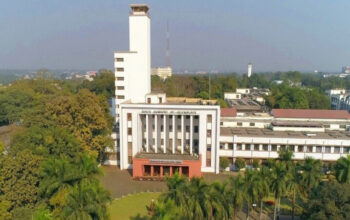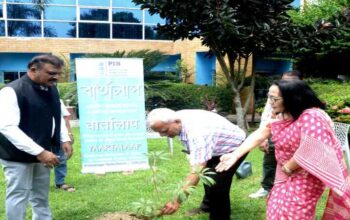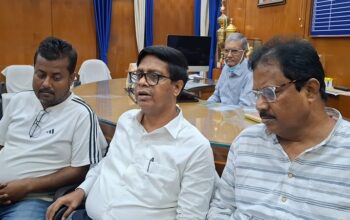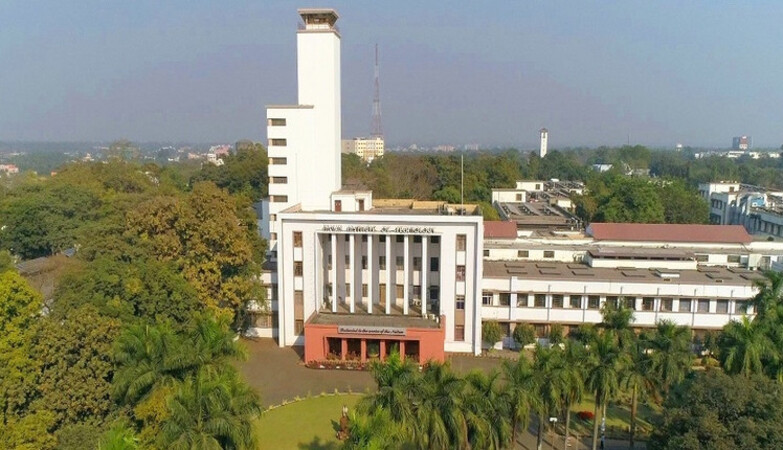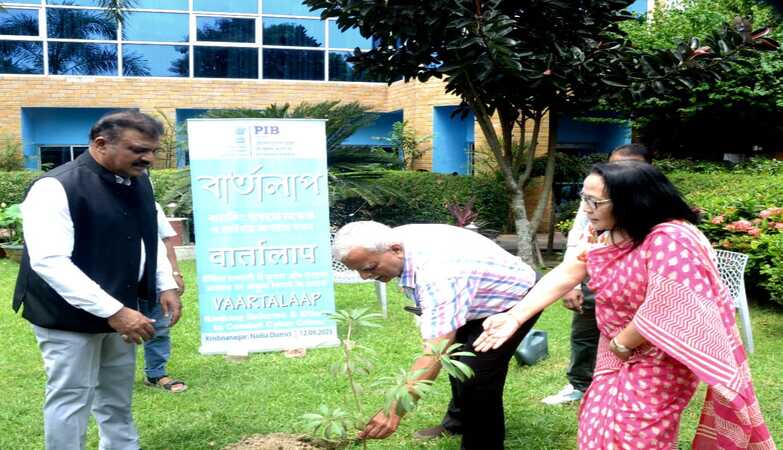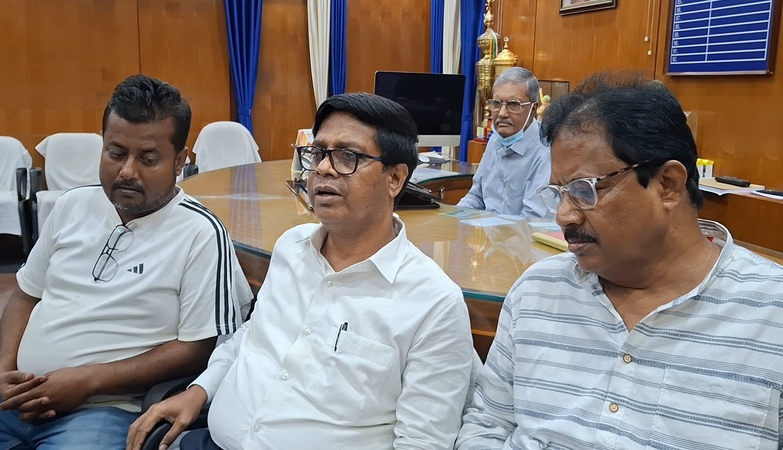Biswabrata Goswami
MIDNAPORE, 16 JUNE: Tree-planting has become the new buzzword in climate action. From selfie-filled social media posts to grand government campaigns, the image of people planting saplings is now synonymous with environmental responsibility. In districts like East Midnapore, especially during events like World Environment Day, a wave of green enthusiasm sweeps over — roadsides bloom with new saplings, plaques announce corporate CSR drives, and schools host ceremonial plantation programs.
But beneath the surface of this “green revolution,” a quieter crisis is unfolding.
“Are we truly making the earth greener, or are we just painting it green for the cameras?” asks Dr. Mrinmay Mandal, senior research scholar at Vidyasagar University, who has spent years studying land-use patterns in the Patashpur-1 block of East Midnapore. His satellite-based research between 1990 and 2025 shows a modest increase — about 3 to 4 percent — in overall vegetation cover. But that data comes with a caveat.
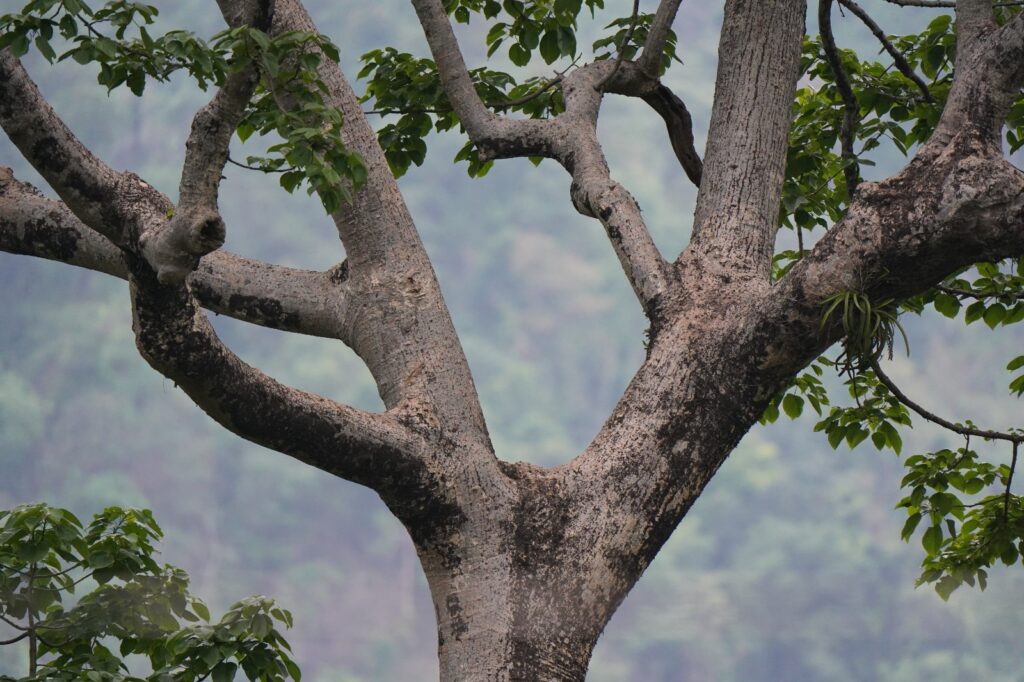
“Vegetation cover has gone up, yes, but that hasn’t solved the ecological problems,” says Dr. Mandal. “In many places, things have actually worsened. The issue is not how many trees we plant, but what trees we plant.”
Fast-growing, commercially viable trees — often non-native species — dominate these plantation drives. These include species like Eucalyptus, Acacia, or hybrid Teak, which grow quickly and are easy to maintain. But ecologically, they are almost sterile. “They neither support native birds, nor do they sustain the food chain,” Mandal explains. “It’s like growing crops on plastic soil — it looks fine, but nothing thrives in it.”
The consequences are already visible. In Patashpur-1, the once-frequent sight of Asian Openbill Storks nesting along the Keleghai River has dwindled. A 2023 field study recorded a sharp fall in their nesting sites. “The storks are not finding the right trees to nest in — mature, large-canopied species like Arjun and Peepal,” he says.
Even more telling is the near-total disappearance of vultures from parts of rural Bengal. “Vultures nested only in large Arjun trees,” says Mandal. “Now that those are gone, so are the birds.”
Subrata Purohit, a local conservationist, calls this phenomenon the rise of the “leafy desert.” He says, “It looks green, it even smells fresh after the rain — but there’s no life in it. No insects, no birdsong, no fruit-bearing undergrowth. Just a silent row of sterile trees.”
According to a recent ecological report, trees like Neem, Palash, Arjun, Peepal, once central to the village ecosystem, are vanishing. “They were more than trees — they were hosts of life,” the report states. “Now, they’ve been replaced by ornamental or imported species that grow fast but give back little.”
A senior official from the Forest Department in Midnapore admits, “There is very little public discourse on tree selection. People don’t ask: will the sapling survive the monsoon? Will it grow to a fruiting age? Is it native? Will it host pollinators, or nesting birds? These are crucial ecological questions — but they don’t trend on social media.”
The issue, experts say, is not new — but it is now urgent. As climate patterns shift, and as biodiversity loss in Bengal reaches alarming levels, there is a call for action rooted in ecological wisdom rather than ceremonial show.
“This is not about planting trees,” says Dr. Mandal, “It’s about rebuilding relationships — between trees and birds, between roots and soil, between people and nature. Unless our afforestation efforts understand this deeper connection, we’ll keep growing forests that look green — but are lifeless.”
The message is stark, but simple:
Tree planting must move beyond symbolism. It’s time to stop counting saplings — and start restoring forests.


